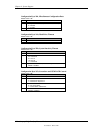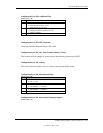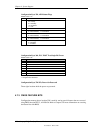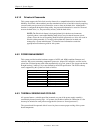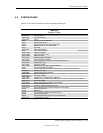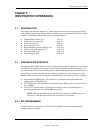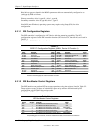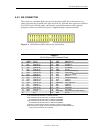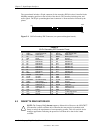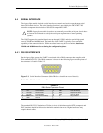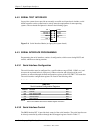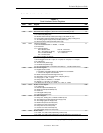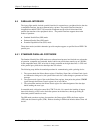
Technical Reference Guide
Compaq iPAQ Family of Internet Devices
First Edition - March 2000
5-1
Chapter 5
INPUT/OUTPUT INTERFACES
5.
Chapter 5 INPUT/OUTPUT INTERFACES
5.1 INTRODUCTION
This chapter describes the standard (i.e., system board) interfaces that provide input and output
(I/O) porting of data and specifically discusses interfaces that are controlled through I/O-mapped
registers. The following I/O interfaces are covered in this chapter:
♦
Enhanced IDE interface (5.2) page 5-1
♦
Diskette drive interface (5.3) page 5-4
♦
Serial interfaces (5.4) page 5-5
♦
Parallel interface (5.5) page 5-8
♦
Keyboard/pointing device interface (5.6) page 5-15
♦
Universal serial bus interface (5.7) page 5-22
♦
Audio subsystem (5.8) page 5-26
♦
Network support (5.9) page 5-32
5.2 ENHANCED IDE INTERFACE
The enhanced IDE (EIDE) interface consists of primary and secondary controllers integrated into
the 82801 ICH component of the chipset. The system board includes two IDE connectors, a 40-
pin connector that is associated with the primary controller that controls the internal hard drive
and a 50-pin connector associated with the secondary controller that controls the device in the
Multibay. Each controller can be configured independently for the following modes of operation:
♦
Programmed I/O (PIO) mode – CPU controls drive transactions through standard I/O
mapped registers of the IDE drive.
♦
8237 DMA mode – CPU offloads drive transactions using DMA protocol with transfer rates
up to 16 MB/s.
♦
Ultra ATA/33 and /66 modes – Preferred bus mastering source-synchronous protocol
providing transfer rates of 33 and 66 MB/s respectively.
NOTE:
Although the EIDE interface can electrically handle four EIDE devices, the
form factor of the unit chassis allows only two devices to be installed.
5.2.1 IDE PROGRAMMING
The IDE interface is configured as a PCI device during POST and controlled through I/O-
mapped registers at runtime.




